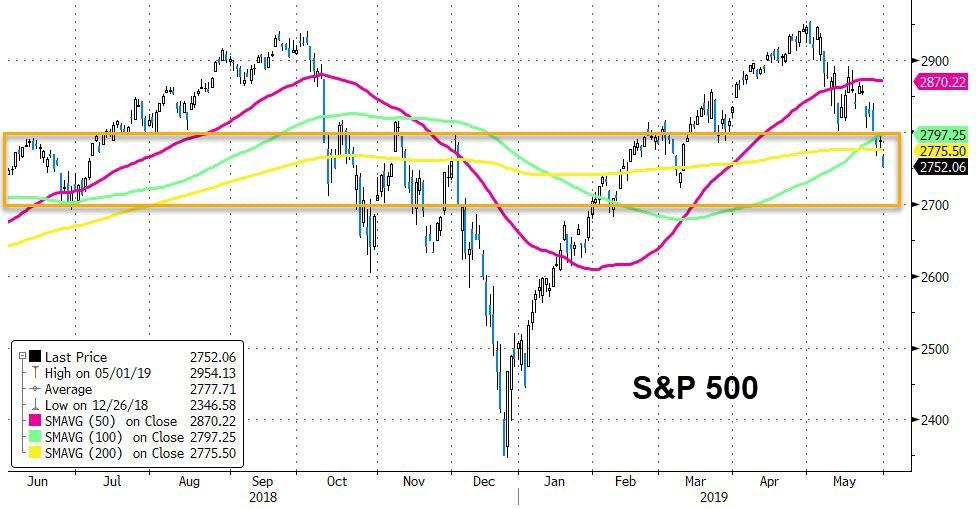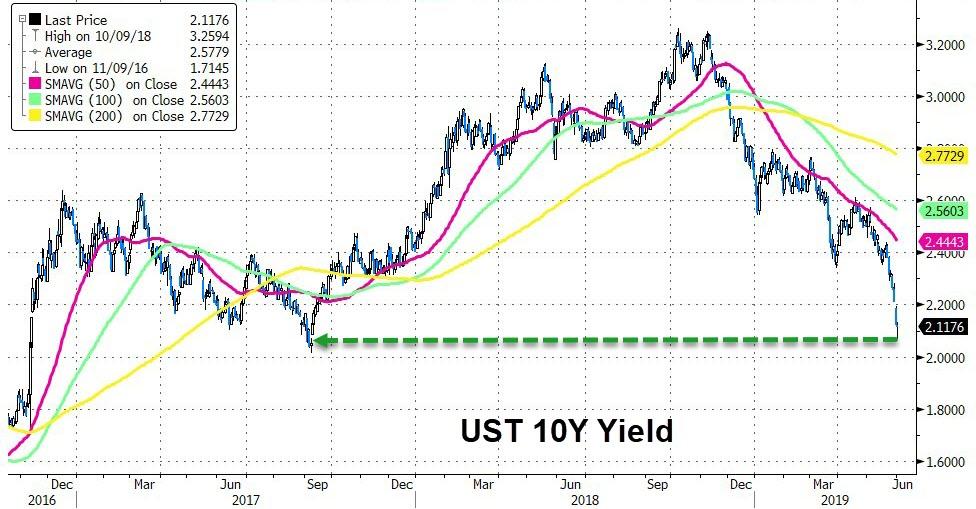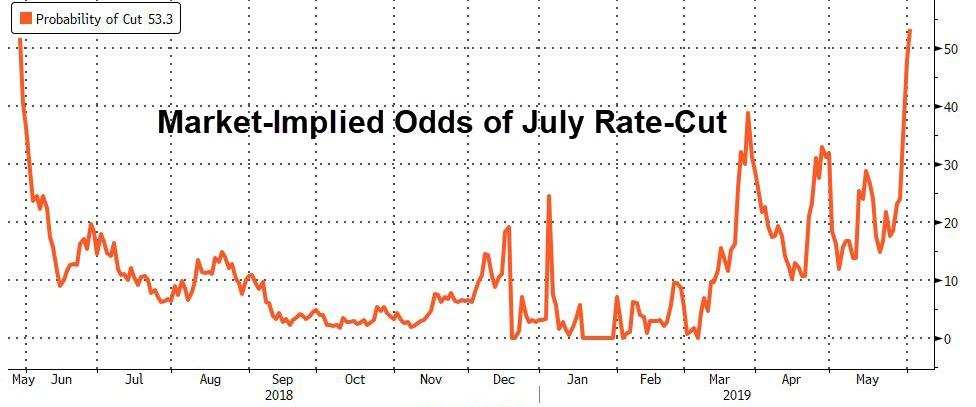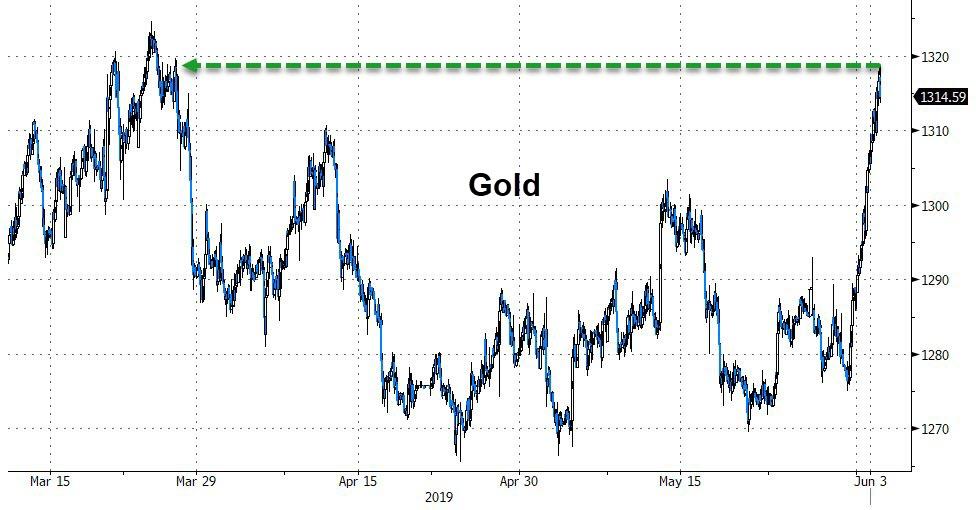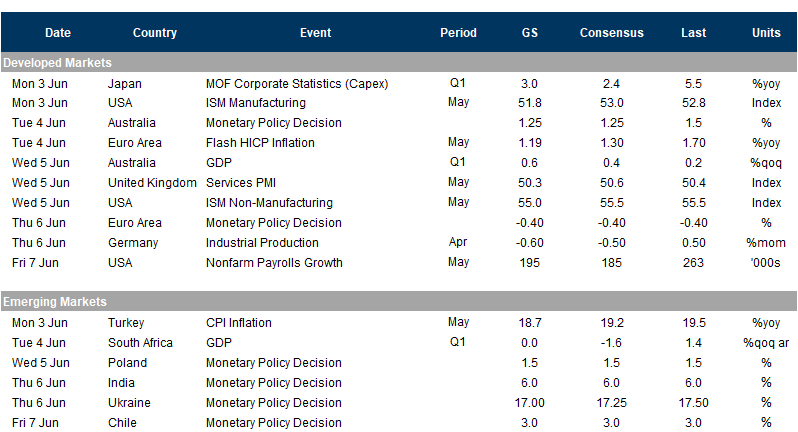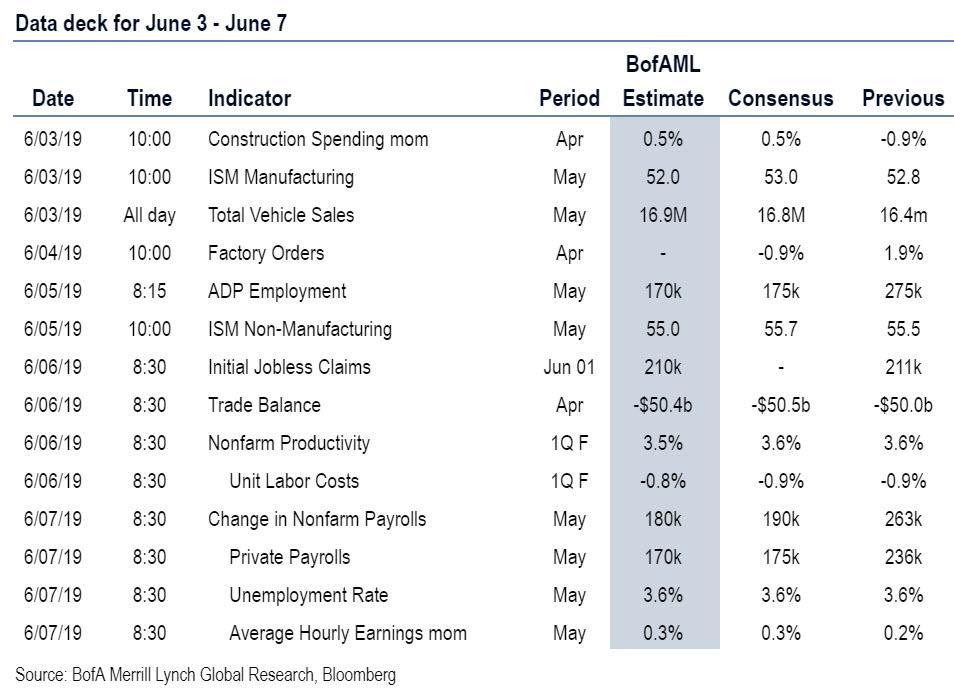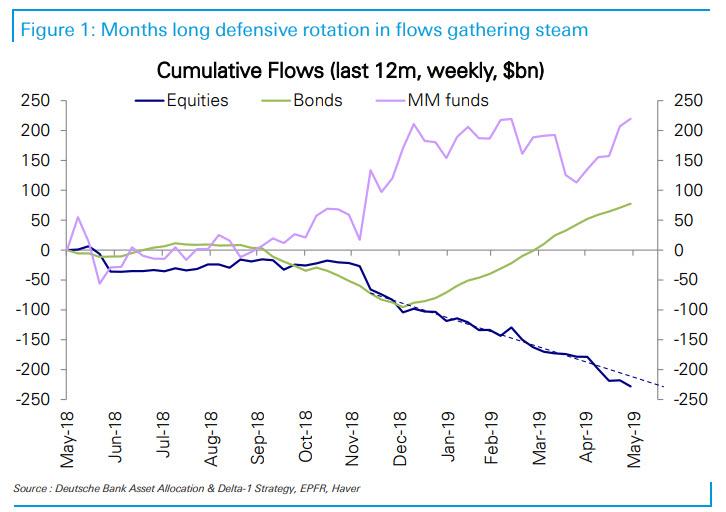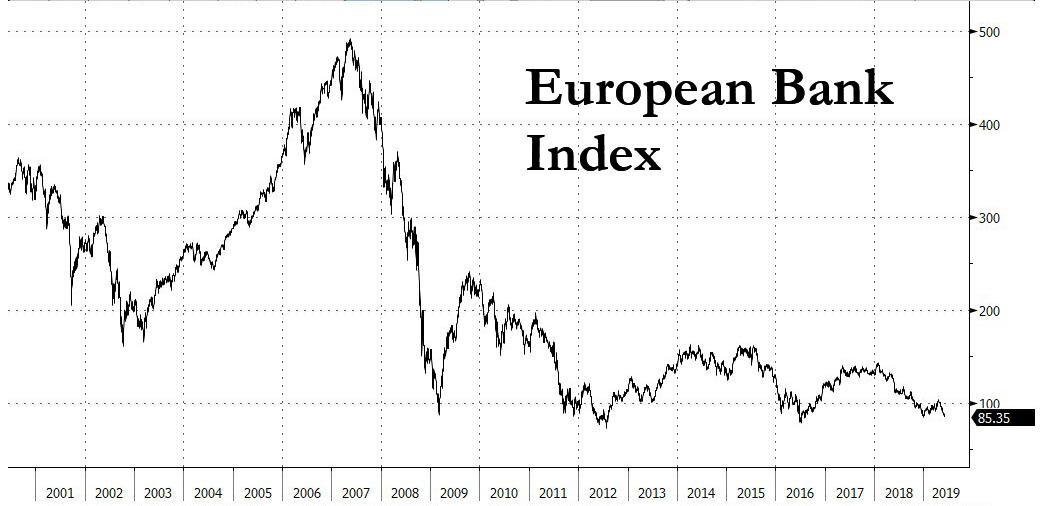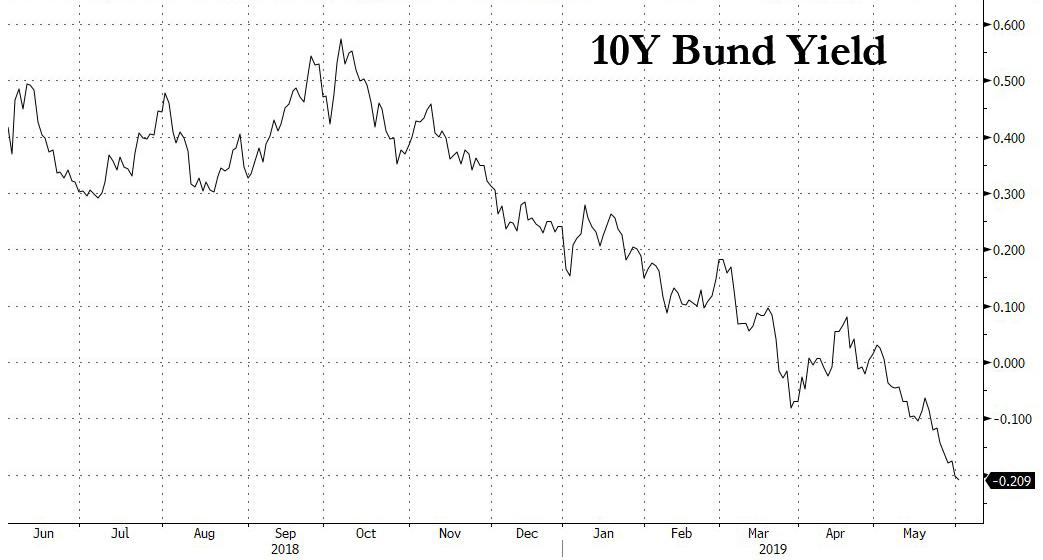Can “the sound of gunfire…save lives”? A civil engineer for the Virginia Beach government opened fire on his co-workers last Friday, fatally shooting 12 people and wounding others. The shooter, 40-year-old DeWayne Craddock, reportedly resigned from his job with the city’s utilities department via an email sent just hours before the attack.
On Friday afternoon, Craddock opened fire in a city office building and wound up in what local Police Chief James Cervera described as “a long gun battle” with police officers. Craddock himself was shot—possibly by his own hand, possibly by a cop—and taken to the hospital, where he soon died.
Authorities said they do not have any clue as to Craddock’s motive and that there was no pattern to whom he targeted. One co-worker said Craddock passed him three times and spared him each time.
His victims included a contractor who was dropping by the building and an array of city employees, including several staffers on the administrative side, four civil engineers, and three property-line review agents.
Craddock used two .45 caliber pistols, which he purchased legally in 2016 and 2018, according to the Bureau of Alcohol, Tobacco and Firearms.
Because there was no “assault weapon,” just common handguns, and no whiff of trickery or malfeasance in how Craddock obtained them, those who jump on senseless violence to advocate gun control have seized on the fact that he had fitted his guns with a sound-suppression mechanism (aka a “silencer”).
“The sound of gunfire can save lives,” Hillary Clinton tweeted Sunday, sharing a Washington Post op-ed that calls for a ban on such devices.
The Post piece, by former Homeland Security official Juliette Kayyem, points out that “suppressors are legal in 42 states, though they are regulated under the National Firearms Act and therefore are treated like other specialty gun accessories, including requiring a background check and a $200 tax.” Kayyem continues:
Recently, making suppressors more easily accessible has become a focal point of gun rights activists who want to increase dwindling gun sales and hunting groups who argue that suppressors are actually a health necessity in that they reduce hearing loss. As recently as June 2017, the then-Republican-majority House was considering a law to make the regulation of suppressors less onerous. You know, for the sake of the auditory sensitivities of shooters.
One mass shooting with a suppressor does not make a trend, nor does it require us to alter how we train for or respond to them. But, it does mean we must continue to vigorously regulate and even eventually ban these devices as essential steps in adopting common-sense gun-control measures.
Many on the left and in media are using the opportunity to criticize President Donald Trump for everything from playing golf the morning of the Virginia Beach shooting to not making a long enough statement about it to wearing golf attire while doing so.
After playing golf this morning, @realDonaldTrump stopped off at a Virginia church to offer his “thoughts and prayers” for the victims of the Virginia Beach shooting.
He spent 16 minutes there.
His speech at the NRA convention in April lasted almost an hour.
Any questions?
— Andrew Weinstein (@Weinsteinlaw) June 2, 2019
FREE MINDS
The border authorities want info about visitors’ digital footprints. “The State Department is now requiring nearly all applicants for U.S. visas to submit their social media usernames, previous email addresses and phone numbers,” reports NBC. “It’s a vast expansion of the Trump administration’s enhanced screening of potential immigrants and visitors.”
It’s also incredibly stupid. Those whose extremist content could get them excluded from entry will surely just leave out those accounts on their application. Meanwhile, the American authorities will waste massive amounts of time and resources combing through perfectly benign Twitter feeds and Facebook pages, not to mention subjecting visitors to probing questions about their emoji use, sarcastic comments, and article shares.
Before this, social media and phone number searches were only done on visa applicants who triggered an extra level of scrutiny. That was about 65,000 applicants per year, reports NBC.
Under the new rules, about 15 million applicants will be affected.
FREE MARKETS
A draft spending bill released by congressional Democrats on Sunday would encourage U.S. banks to work with marijuana businesses. It would also allow a more permissive marijuana legalization scheme in the District of Columbia. Currently, recreational marijuana growth, possession, and gifting have been decriminalized in D.C., but the drug can’t be sold there legally.
Financial institutions across the U.S. are still often reluctant to do business with cannabis operations in states where recreational sales are legal, since the drug remains outlawed at the federal level. The new federal spending bill, which heads to a subcommittee on Monday morning, states that none
of the funds made available in this Act may be used to penalize a financial institution solely because the institution provides financial services to an entity that is a manufacturer, a producer, or a person that participates in any business or organized activity that involves handling marijuana, marijuana products, or marijuana proceeds, and engages in such activity pursuant to a law established by a State, political subdivision of a State, or Indian Tribe: Provided, That the term “State” means each of the several States, the District of Columbia, and any territory or possession of the United States.
QUICK HITS
- Sen. Josh Hawley (R–Mo.) continues his crusade to nationalize social media.
- Google, like the social media giants, is poised to lose from the anti-tech fervor in Congress.
- Fox News schlock jock Tucker Carlson calls Mexico a “hostile foreign power”:
Tucker Carlson: “When the United States is attacked by a hostile foreign power, it must strike back. And make no mistake, Mexico is a hostile foreign power” pic.twitter.com/gGevfIKRaN
— Andrew Lawrence (@ndrew_lawrence) June 1, 2019
- A state-by-state guide to new abortion laws.
- Ohio is considering limits on its death penalty.
- Mexico City is decriminalizing prostitution.
- Enrollment in American colleges and universities is down for the eighth year in a row.
- A new paper posits a link between cell phone usage and declining crime.
from Latest – Reason.com http://bit.ly/2JUfa9j
via IFTTT
